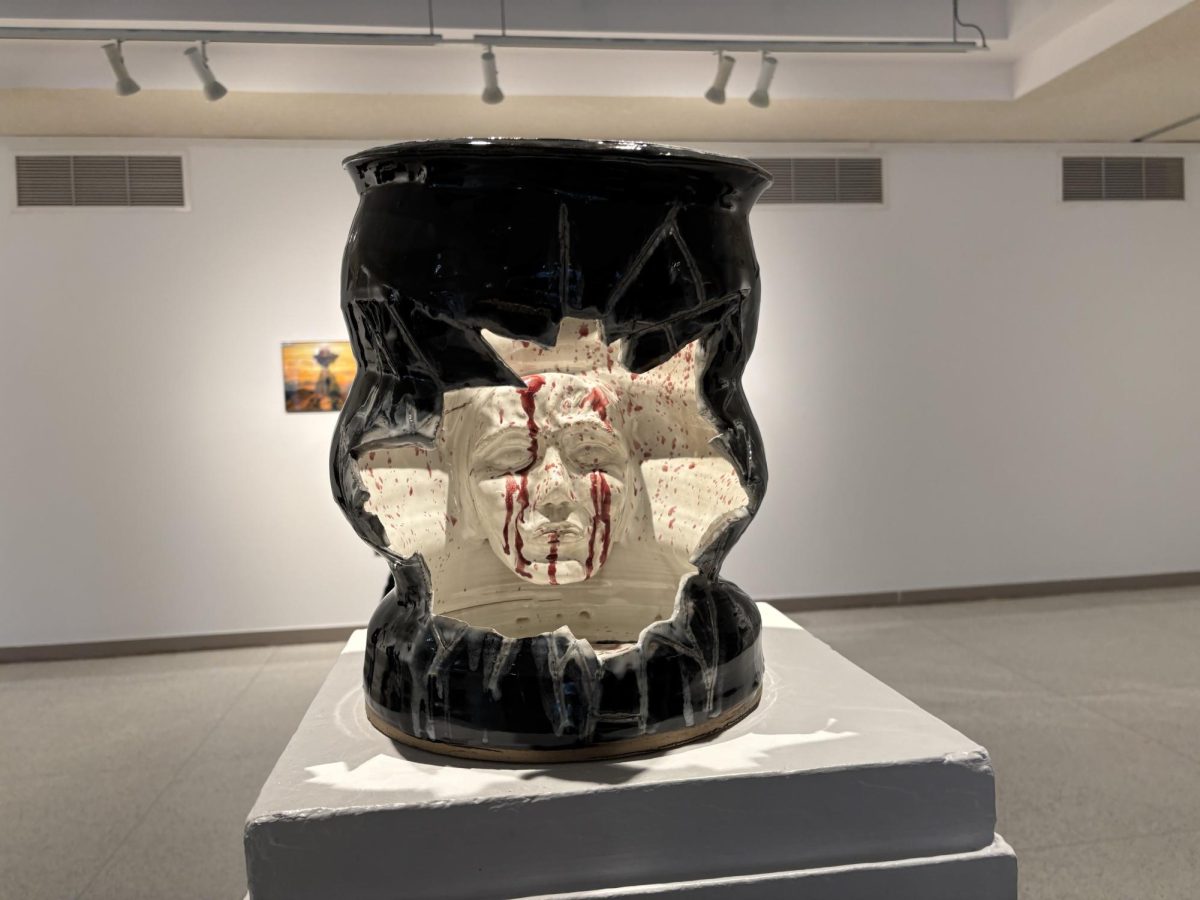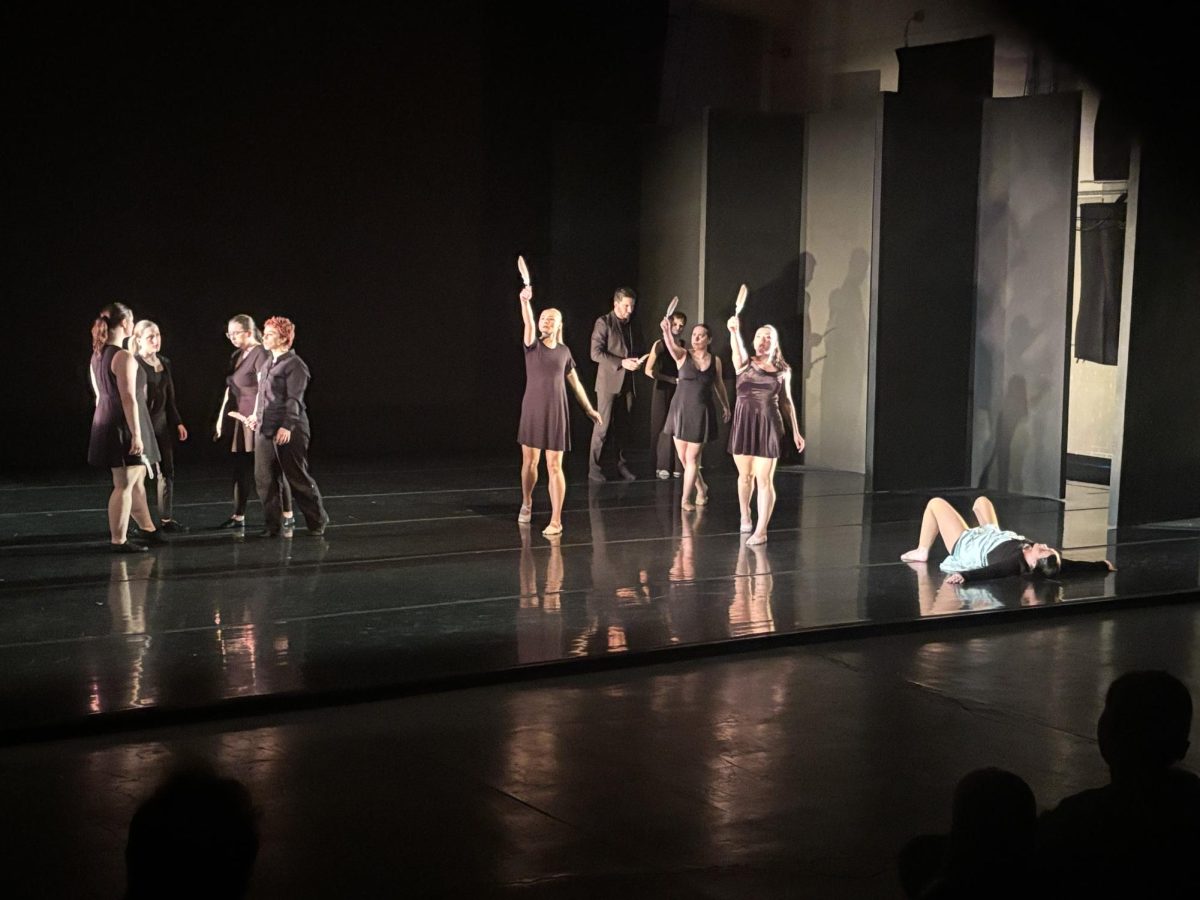In the opening scenes of “The Fellowship of the Rings” moviegoers were treated to a spectacle they had never seen before.
An enormous battlefield stretched across the screen with hundreds of thousands of CGI soldiers.
In the new millennium that grandiose scale became a necessity. How can a measly adventure compete with an epic at the box office?
“The Eagle” is far from the answer to that question, but it takes a shot at reviving the classic sword-and-sandals adventure.
The story is a simple one, essentially just an excuse to trek cameras across Scotland for some historic reenactment, swordfights and sweeping landscape cinema. Marcus (Channing Tatum), a young Roman centurion, must regain his family’s honor after his father’s Ninth Legion disappeared while marching through Scotland. Rome seems willing to forgive the death of thousands legionnaires, but only if Marcus recapture the rather pricey-looking golden eagle left north of Hadrian’s Wall.
Unfortunately, as Donald Sutherland’s wise old uncle tells us multiple times, no Roman has ever returned from travelling north of the wall. Because of the hostile natives, Marcus must rely on his Celtic slave Esca (Jamie Bell) to navigate, communicate in strange tongues, sniff out ambushes and do all the other sorts of things indigenous peoples excel at in film.
A couple other characters play minor roles, but this is essentially a “there and back again” story following Tatum and Bell. These two are believable enough as they bro-up, bonding around a common understanding of martial honor, and Bell often manages to really impress when he breaks from his self-imposed stoicism.
And slightly above-average is actually quite the achievement for these actors, who are stuck with a script completely lacking in subtlety.
Far too often the characters merely narrate what we can already see on screen or, even more obnoxiously, deliver their closing thoughts of a conversation that even a half-witted audience member would infer on their own.
Fortunately director Kevin Macdonald, of “Last King of Scotland” fame, keeps the dialogue sparse and mostly focuses on the film’s incredible visuals.
“The Eagle” was mostly shot on-site, and the Scottish highlands provide sweeping landscapes that truly capture the wide-open space and desolation of a sparsely populated, tribal Britain.
For the most part the people look great against these backgrounds, with the Roman costume-work appearing quite historically accurate and impressive.
Here the lack of special effects really helps the film’s believability. This history looks real because, well, it is real.
The exception to this rule is the “seal-people,” a tribe who become the film’s principle villains, who Macdonald dresses up like the Impi warriors of “Zulu.” There’s almost no historic information about the Pictish tribes, but it seems pretty farfetched to think they’d be straight African.
This is partially forgivable as an artistic choice, as Macdonald’s film considers the moral hazards of empire by juxtaposing the Brits and Romans, attempting to cast the British “barbarians” as victims of Roman conquest. This works, to some extent – at least until the seal-people start slitting the throats of small children.
No matter how small and human the scale, it’s impossible not to pick good and evil in a story as simple as this one.
Maybe that, even more than the CGI armies, is why they blew up the adventure in the first place.







